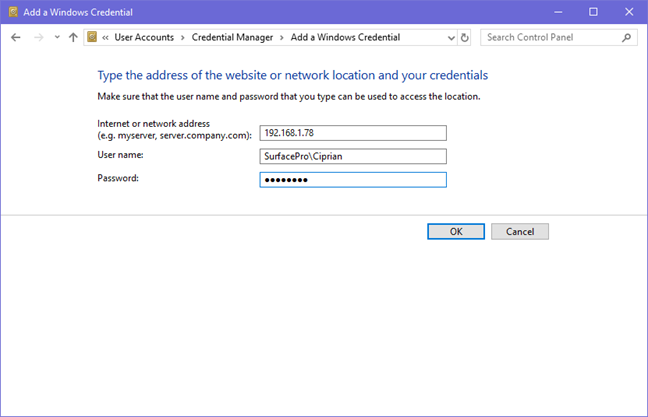

Virtualapp/didlogical is not virus or malware. However, you don’t need to worry about it. Some users are concerned about the security and privacy on this problem. Just as the following picture shows.Īctually, it is created automatically by Windows when you use any Windows Live Programs, such as Windows Live Messenger, Windows Live Mail, and other Microsoft Live services. What is virtualapp/didlogical? When you look at the details of this credential, you can see an unknown username with a password stored in the Credential Manager, and the virtualapp/didlogical shows as the Internet or network address. You might wonder how it appears since you didn’t create one. When you look through Generic Credentials, you might notice virtualapp/didlogical in the list of your credentials.

Press Win + S to open Windows Search Then type control and select Control Panel.There are 4 different categories of credentials in the manager, including Web Credentials, Windows Credentials, Certificate-based Credentials and Generic Credentials. Applications such as File Explorer, Microsoft Office and Skype use this manager to store and access your account information. The manager is responsible for saving your log-in credentials, including addresses, usernames and passwords on the system. It attributes to a built-in utility named Credential Manager in Windows. When you create a new account on Windows or website, your credentials will be saved on your computer. What is virtualapp/didlogical? Is it secure to keep it? How to remove it if possible? To figure out the answers, MiniTool Partition Wizard would like to share the information about the virtualapp/didlogical with you. Download and install the latest version of Skype.You might be confused when you see virtualapp/didlogical on your PC.Control-click on the trash button and select Empty Trash.Move all the results returned to the trash. Open Finder and search for “Skype” using the search feature in Mac OS X.Open your Applications folder and drag your copy of Skype to the trash.First, you will need to quit Skype by control-clicking Skype, then selecting Quit Skype.Download and install the latest version of Skype.(If you can’t find Skype in your installed programs, follow the directions here). Find Skype in the list, right-click it and select Remove or Uninstall.Type appwiz.cpl in the Run dialog and select OK.Press the Windows and R keys on your keyboard at the same time.If you don't have Skype in the task bar, right-click the task bar (or press Ctrl+Alt+Delete) and select Task Manager, then select Skype and select End Task.

If you have Skype in the task bar, right-click it and select Quit. If you're having technical problems with Skype, sometimes uninstalling and reinstalling Skype can help.


 0 kommentar(er)
0 kommentar(er)
